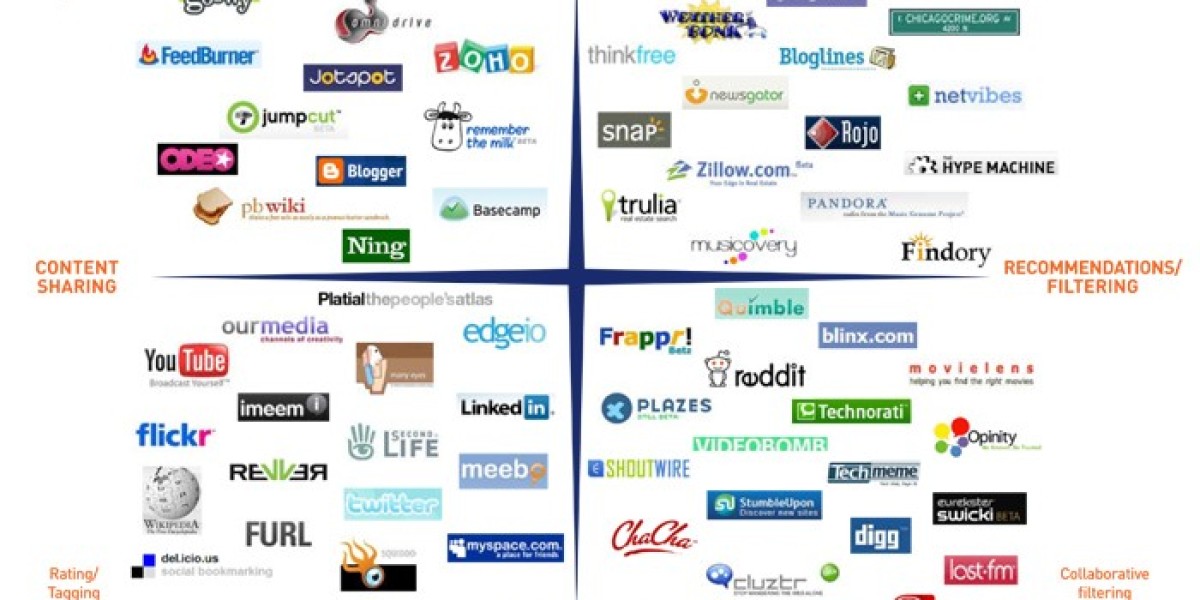Ferrous metal recycling plays a major role in reducing environmental waste, saving energy, and supporting the global economy. If you’ve ever seen old cars, construction steel, or rusty appliances being collected for scrap, chances are they were made of ferrous metals. These are metals that contain iron and are magnetic—like steel and cast iron.
Recycling ferrous metals not only prevents these valuable materials from ending up in landfills, but also helps reduce the need for mining new resources. In this article, we’ll take a closer look at what ferrous metals are, how the recycling process works, and why it’s so important today.
What Are Ferrous Metals?
Ferrous metals are metals that contain iron. They are known for being strong, durable, and widely used in construction, manufacturing, and transportation. Common examples include:
Steel (used in buildings, bridges, and vehicles)
Cast Iron (used in pipes, stoves, and old machinery)
Wrought Iron (used in gates, fences, and decorative pieces)
These metals are usually magnetic, making them easy to separate from non-ferrous metals during the recycling process.
Why Is Ferrous Metal Recycling Important?
Recycling ferrous metals is beneficial for several reasons:
Environmental Protection
Recycling reduces the need for mining and lowers greenhouse gas emissions. Mining and refining iron ore takes a lot of energy and water. Recycling helps cut down on this usage.Energy Saving
Producing steel from recycled scrap uses up to 75% less energy than producing it from raw materials.Economic Value
The scrap metal industry supports thousands of jobs and contributes billions to the economy.Waste Reduction
Instead of rusting away in landfills, ferrous metals can be reused again and again without losing quality.
How the Recycling Process Works
Here’s a step-by-step overview of how ferrous metals are recycled:
1. Collection
Scrap metal is collected from various sources including:
Construction sites
Old appliances and vehicles
Demolished buildings
Manufacturing leftovers
2. Sorting
Ferrous metals are separated using magnets. Since they contain iron, this is a quick and efficient process.
3. Shredding
The metals are broken down into smaller pieces to make melting easier and faster.
4. Melting
These shredded pieces are melted in a furnace designed for ferrous metals. This process can take a few minutes to several hours depending on the size of the batch.
5. Purification
Impurities are removed using different methods, including the use of chemicals or electrolysis.
6. Solidifying
The purified molten metal is then poured into molds or cooled into bars or sheets for reuse.
7. Distribution
The recycled metal is sent to manufacturers who use it to make new products like steel beams, auto parts, tools, and more.
Where Can You Recycle Ferrous Metals?
There are recycling centers across the country where individuals and businesses can drop off ferrous scrap. Some well-known facilities and services include:
Local scrapyards and metal recycling plants
Municipal recycling programs
Industrial scrap collection services
Before heading to a facility, it's best to check if they accept ferrous metals and what kind of payout or service options they offer.
What Can You Recycle?
Here are some common household and industrial items that contain ferrous metals:
Old tools
Car parts (engines, brakes, etc.)
Steel furniture
Bicycles
Washing machines and dryers
Building beams and pipes
If the item sticks to a magnet, it’s most likely a ferrous metal.
Challenges in Ferrous Metal Recycling
While recycling ferrous metal is effective, there are still a few challenges:
Rust and Contamination: Rusty or dirty metals may reduce the recycling value.
Mixed Materials: Items made of a mix of ferrous and non-ferrous metals need extra sorting.
Market Fluctuations: Scrap prices can vary depending on demand, location, and metal quality.
Despite these challenges, the industry continues to grow and improve its efficiency.
Conclusion
Ferrous metal recycling is a key part of sustainable waste management and industrial production. It saves energy, protects natural resources, and reduces pollution. Whether you’re a business owner, contractor, or just someone cleaning out the garage, recycling ferrous metals is a simple step that has a big impact. So next time you come across an old appliance or steel scrap, think twice before throwing it away—there’s value in that metal.








